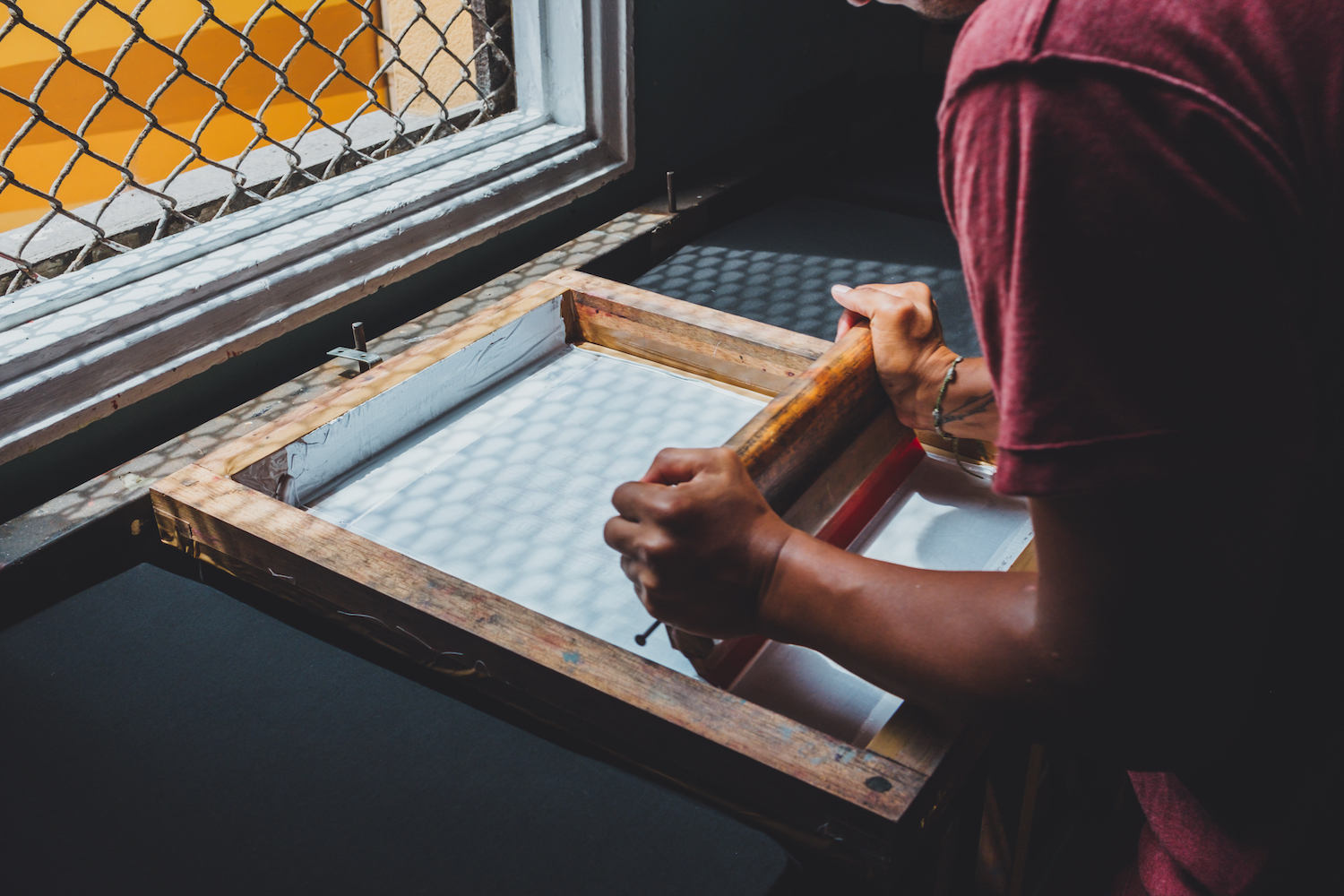Gender Gaps in Southeast and East Asia That Still Need to be Addressed

Over the past two decades, Southeast and East Asia has emerged not only as a global economic and political powerhouse but also made progress towards closing gender gaps in areas such as health, education, employment and political participation. However, a closer look at the various countries in the region reveals that this progress has been somewhat uneven and big disparities remain in quite a few areas. And even though gender gaps do affect both sexes, more often than not it is women who find themselves at the receiving end of gender inequality. Here are three of the areas where further strides are necessary:
Equal Pay
Remuneration for working women is a one of the issues where the existing gap between genders is most clearly visible. On average, women in Southeast Asia earn between 30% and 40% less than men, according to Asian Development Bank figures. There are different reasons for the pay gap, such as women taking a career break to have children or preferring to work part-time, but outright discrimination also factors, as the differences between countries illustrate. The best performing countries in the Southeast and East Asia region, when it comes to base pay, are China, Hong Kong and the Philippines, with men’s base pay exceeding women’s by roughly 15%. On the other end of the scale are Malaysia and, surprisingly, Singapore, where men earn on average a whopping 30% more than women for the same work done. The gap between genders becomes even more pronounced when comparing professional and management positions where men on average earn up to 45% more than women. The notable exceptions here are Singapore, Hong Kong and the Philippines, with female managers and professionals earning on average only about 10% less than their male counterparts. However, these numbers show that further progress towards equal pay is important and necessary, especially when considering the fact that in the past 10 years alone, the global female work force has increased dramatically, from 1.5 to 1.75 billion worldwide.
Land and Property Rights
Security and protection of women’s property rights, though important for their social and economic empowerment, is unfortunately to some extent still elusive. According to recent estimates about 400 million women globally work on farms, producing a considerable portion of the world’s food supply. But less than 20% of women legally own the land they cultivate and in more than 90 countries globally they lack legal titles and protection equal to men. At least in theory, women in Southeast and East Asia are treated equally when it comes to their rights and protection of land and property, making it less of an issue than in, say, South Asia. But there is still room for improvement towards actual equality between genders in this area. In some Southeast Asian societies, patriarchal tradition and certain social beliefs curtail women’s property rights, even if there is equality on paper. And in some cases certain countries have taken steps that actually reverse the overall trend towards gender equality, like the Supreme Court of China’s 2011 interpretation of the 1950 Marriage Law, which strengthened men’s marital property rights to the disadvantage of women.
Political Participation
The extent to which women take part in political life varies sharply within the Southeast and East Asian region. One of the frontrunners when it comes to women in politics is the Philippines. This Southeast Asian island republic ranked 17th out of 144 countries globally in the most recent WEF Global Gender Gap report in terms of women’s political empowerment and 7th overall, by far outperforming otherwise more advanced countries in the region such as Singapore (97th and 55th) or Japan (103rdand 11th). In 2016, nearly 30% of the seats in the Philippine Lower House were occupied by women. More than 40% of positions in civil service were occupied by the supposedly weaker sex. As a whole, the Philippines has been hugely successful in ensuring women’s participation in political life through pertaining laws and administrative practices.
All the more puzzling is the case of Japan, considering it is one of, if not the most advanced democracy in Southeast and East Asia. But Japanese government institutions and cultural norms have proved detrimental to women aiming to play active roles in politics, even though they make up 53% of the electorate. Evidence suggests that a serious political will to push for enhanced representation of women in politics has been nonexistent so far, as shown in WEF’s gender gap report: In 2016, only 11.5% of nationally elected offices were occupied by women and only 9 women sat in parliament, putting Japan behind Botswana, somewhere in the nether regions of WEF’s assessment.
As Southeast and East Asia is one of the culturally most diverse regions in the world, it is hardly surprising that the various countries in these parts often face different challenges and obstacles to gender equality. However, it is crucial that governments provide for economic and political environments that allow their female populations to enjoy the same rights and development opportunities as men, be they economic or political in nature. Evidence shows that gender equality is cornerstone to human development. But at the outset of the Asian Century it is also obvious that Asian countries still have some catching up to do.